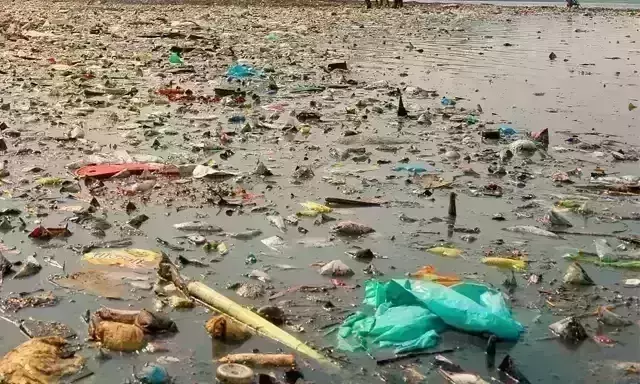
Centre tables project to revive 13 major rivers
text_fieldsNew Delhi: The Ministry of Environment, Forest and Climate Change has tabled a project to rejuvenate 13 major rivers in the country, including Himalayan and Peninsular rivers. The project also includes the only inland river in India, Luni, The Indian Express reported.
The ministry proposes "forestry inventions" to revive the 13 rivers, such as Jhelum, Chenab, Ravi, Beas, Sutlej, Yamuna, Brahmaputra, Luni, Narmada, Godavari, Mahanadi, Krishna, and Cauvery, which cover 24 states. Environment Minister Bhupender Yadav on Monday released the Detailed Project Report (DPR), in the presence of Jal Shakti Minister Gajendra Singh Shekhawat, for the rivers and put an outlay of Rs 19,343 core. It is to be funded by the National Afforestation and Eco-development Board under the Ministry, and the DPRs have been prepared by the Indian Council of Forestry Research and Education, Dehradun (ICFRE). While the Yamuna received the highest outlay of Rs 3,869 crore, Chenab had the lowest, Rs 376 crore.
Minister Bhupendra Yadav said that the project does not plan to work on the rivers alone, but its tributaries as well, meaning the government wishes to give focus on the entire network of rivers. The project will also work on reverse desertification, biodiversity preservation and wildlife protection in the areas under the project.
The 13 rivers tabled cover a basin area of 18,90,110 square kilometres in total, representing 57.45 per cent of the geographical area in the country. While the total length of the reivers, including 202 tributaries, reaches 42,830 km.
Former Deputy Director (Research) ICFRE, S D Sharma, said that the common issues identified among these rivers such as reduced water flow, deforestation in the catchment area, frail ecology, soil and bank erosion, siltation, and shifting cultivation altogether has affected their health. He added that ICFRE was initiated in 2019.
The 13 DPRs prepared for the respective rivers have proposed 667 treatment and plantation models to augment water and groundwater recharge and to contain erosion. Out of it, 283 treatment models were aimed at natural landscapes, 97 for agricultural landscapes and 116 for urban landscapes. These models include the planting of timber species, medicinal plants, grass, shrubs and fuel fodder and fruit trees.
There are site-specific treatments of soil and moisture conservation and plantations of grasses, herbs, forestry and horticultural trees for prioritised areas in the riverscape and are supported by GIS techniques.
Sharma said that the benefits out of the project include an increase in forest cover by 7,417.36 sq km, sequestering 50 million tons of CO2 equivalent in 10-year-old plantations and 74.76 million tons CO 2 equivalent in 20-year-old plantations. Also, annual groundwater recharge of 1,889.89 million cubic and sedimentation reduction up to 64,83,114 cubic meters, he added.


















